Mitsubishi to leave Europe and UK (and what this means for Australia)
Mitsubishi has just done a ‘Holden’ and pulled out of the UK and Europe. Just like that - and nobody saw this coming. What does this mean for Australia, and future Mitsubishis generally?
I smelled the distinct odour of rat on Monday morning when Mitsubishi senior executive management here in Arse-tralia issued the following seemingly innocuous press release:
Small but beautiful - except of course the headline, which just rolls off the tongue, doesn’t it? Buzzword density - approaching relativistic mass, right there.
Allow me to translate. This means: ‘We’re in the shit financially and we’re about to go totally Kill Bill on the bottom line and make several bad decisions, to try to stay afloat’. Again.
No coincidentally, on the very same day the small but beautiful bullshit Mitsubishi business plan got released to investors, they boned the UK and Europe. Like, ‘so long, and thanks for all the fish’ (and chips, obviously, in the case of the UK).
Read the official announcement here >>
WITHOUT WARNING
Mitsubishi is imported by a third party in the UK called, alliteratively, the Colt Car Company, which said it.
“...did not at any point anticipate receiving this news.” - Colt Car Compny
What a surprise. Kinda like being mugged. So - thanks very much for the forewarning, Mitsubishi. Well done there.
What’s actually going to happen is that the 103 Mitsubishi dealers in the UK and their continental Euro counterparts will continue selling Mitsubishi vehicles currently on offer - until these vehicles get phased out by natural attrition (because they no longer comply with regulations or get superseded, for example).
But the introduction of new Mitsubishi into the UK and Europe is over - with immediate effect.
And, yeah - that sound you hear is the sound of the value of a UK Mitsubishi dealer’s franchise hitting the tiles on the bathroom floor and shattering into a bijillion pieces.
SMALL BUT BEAUTIFUL
The Mitsubishi Motors Death Star has a somewhat tedious 19-page PDF of Monday’s investor presentation - the small/beautiful business plan.
There’s some A-grade virtue signalling, plus quite a bit of nonsense:
“Omnidirectional expansion strategy: Profit growth focused on regions and products where we have strengths.”
Pro tip, dudes: That’s the exact opposite of omnidirectional anything. Focus is the opposite of omnidirectional. You’re either spraying and praying, or aiming…
And you’re not expanding - you’re slashing.
Cutting through these timeless gems of corporate unspeak and wanky investor appeasement, they’re cutting 15 per cent of staff costs. They’re also going to bone the Pajero - which is reliable and dependable, but also has a touch of ‘age of the dinosaurs’ about it. And of course they’re slashing costs. Including - worryingly - R&D costs.
GROWTH MARKETS
Shot-callers at Mitsubishi head office see South-east Asia, Oceania, South America and middle and east Africa as growth drivers for the business. And they’re basically just slashing in Europe, USA and of course back home in Japan.
They’ve also updated their Tinder profile and are actively seeking more enthusiastic intercourse in China.
Shitsville is not actively mentioned that much in the plan - too small and uncivilised, I suppose. But they did manage to colour it orange in the manner of second-tier profit drivers, along with our good friends just over the ditch in NZ.
Frankly I think we proud sons and daughters of ANZACs have just been bundled up and coloured orange in crayon by virtue of geographic convenience. ‘We can sell a few more Mitsubishis down there.’ Kind of thing.
Mitsubishi sales, Australia, 2010-2019 inclusive
So - no - basically I don’t think there’s any risk of Mitsubishi pulling a Holden, and pulling out. Not foreseeably, but one never knows, obviously. From that point of view the brand seems fairly stable here in Australia.
DEATH BY POWERPOINT
Perhaps the most chilling aspect of Mitsubishi’s latest business plan is buried on Powerpoint slide number 15.
“Utilization of the Alliance: Nissan and Renault” [in particular] “More collaboration in manufacturing”. [It also seems that a rebadged Renault Trafic … is due for the three-diamond badge burden here in Shitsville.]
ROADSIDE ASSISTANCE
I know - it’s COVID-19, things are uncertain and money’s tight.
But you really don’t want to realise your roadside assistance has lapsed when your wife or daughter is stranded in the manner depicted here…
With a lot of cars, you’re only covered for the first year of ownership.
Keep your loved ones secure, help support AutoExpert and get nationwide roadside assist from as little as $69.
UNHOLY ALLIANCES
The alliance is of course a three-way with Renault, Nissan and Mitsubishi - with Mitsubishi jumping between the sheets with the other two after Nissan bought 34 per cent of Mitsubishi in October 2016. (The car industry: So incestuous.)
How this works is: They all detest each other, but need money - economic advantage is probably a better term for it. Disregard is especially palpable vis-a-vis Nissan in respect of Renault. There’s a special corner of Hell reserved for those deeply held negative feelings, in the boardroom.
My take on this? Two things:
BEANCOUNTERS AND CARMAKERS
This business plan has ‘beancounter’ written all over it. And beancounters have their place - don’t get me wrong. I use one. But when shit goes sideways, (metaphorically) it’s two hours until dawn, you’re running low on ammo and fixing bayonets … you probably don’t want to be stuck in a foxhole with a squad of beancounters.
In the automotive domain, with your back against the wall, you need dudes who can inspire products with passion. With excitement. With innovation. And beancounters are just dead to that.
It’s impossible to put an ROI against passion and excitement in a business plan.
CROSS-BRAND CONTAMINATION
Which leads me to point two: Mitsubishi is at a crossroads, right now. Like, OK - re-badge a Renault Trafic and sell it as a Mitsubishi Express if you want. That kinda makes sense. Renault is the biggest player in commercial vans in Europe, and they have been for two decades, or something. It’s their core strength. They’re doing something right.
And Mitsubishi has a much bigger commercial footprint here in Australia. And more cred in light commercials, locally. Mitsubishi will probably sell a lot more Trafic/Express vans here for the cost of a few diamond badges and a new grille.
So, if they do this right, it can be a plus.
But the real worry is: This kinda thing gets out of control. The Chernobyl of dodgy brand cross-contamination.
How much Mitsubishi R&D for future product is going to be lifted directly from Knee-sun? Let’s go a bit Stephen King on this, because it is a horror story based upon the concept that I would not trust Knee-sun to design rubber dogshit reliably. The litany of contemporary design defects from Knee-sun includes:
The worst possible battery-pack design on the generation one Leaf, and consequential customer exploitation globally over that, which continues today.
Pathfinder, with its rolling series of un-fixable defects, including the disgraceful JatCo CVT transmission. (JatCo is of course 75 per cent Nissan owned.)
Imagine an horrific future in which the next Mitsubishi Pajero is in fact just a hastily re-badged Pathfinder. That’s how to trash all the collateral built up in a model, over decades, in just one model evolution, I’d suggest.
Even more chillingly, imagine a future in which the next-generation Triton ute is actually just a Navara, albeit with slightly different hair and makeup. Triton is one of the best utes currently available - especially on value criteria. It just is. Navara is one of the worst. I can make this case objectively - it’s not about how you feel. They’re called facts.
Navara is un-necessarily compromised as a ute, mainly because of the dud deal Nissan did with the Three-pronged Suppository, over the ill-fated X-Class project. Another example of joint R&D going horribly wrong.
CONCLUSION
If Nissan has more political power than Mitsubishi in this Alliance trio from Hell, including Renault, then Mitsubishi’s days as an innovator are over. And - speaking for car buyers everywhere (even though nobody elected me to do that, clearly) as well as being the owner of a current Triton GSR ute - I sincerely hope this is not how it goes.
Mitsubishi still has the capacity to do decent work, and it did not drop the ball in the GFC and fail to recover it every year since, in the manner of Nissan (and of course, Honda).
The best result for car buyers everywhere is actual competition driving innovation and real choice in the market. The road to automotive hell is paved by this trend towards beancounter-inspired quasi-monopolies which can give you a thousand reasons why this month’s shit sandwich will be the best you’ve ever tasted.
Pro tip: What you’re eating in this event is still a shit sandwich.









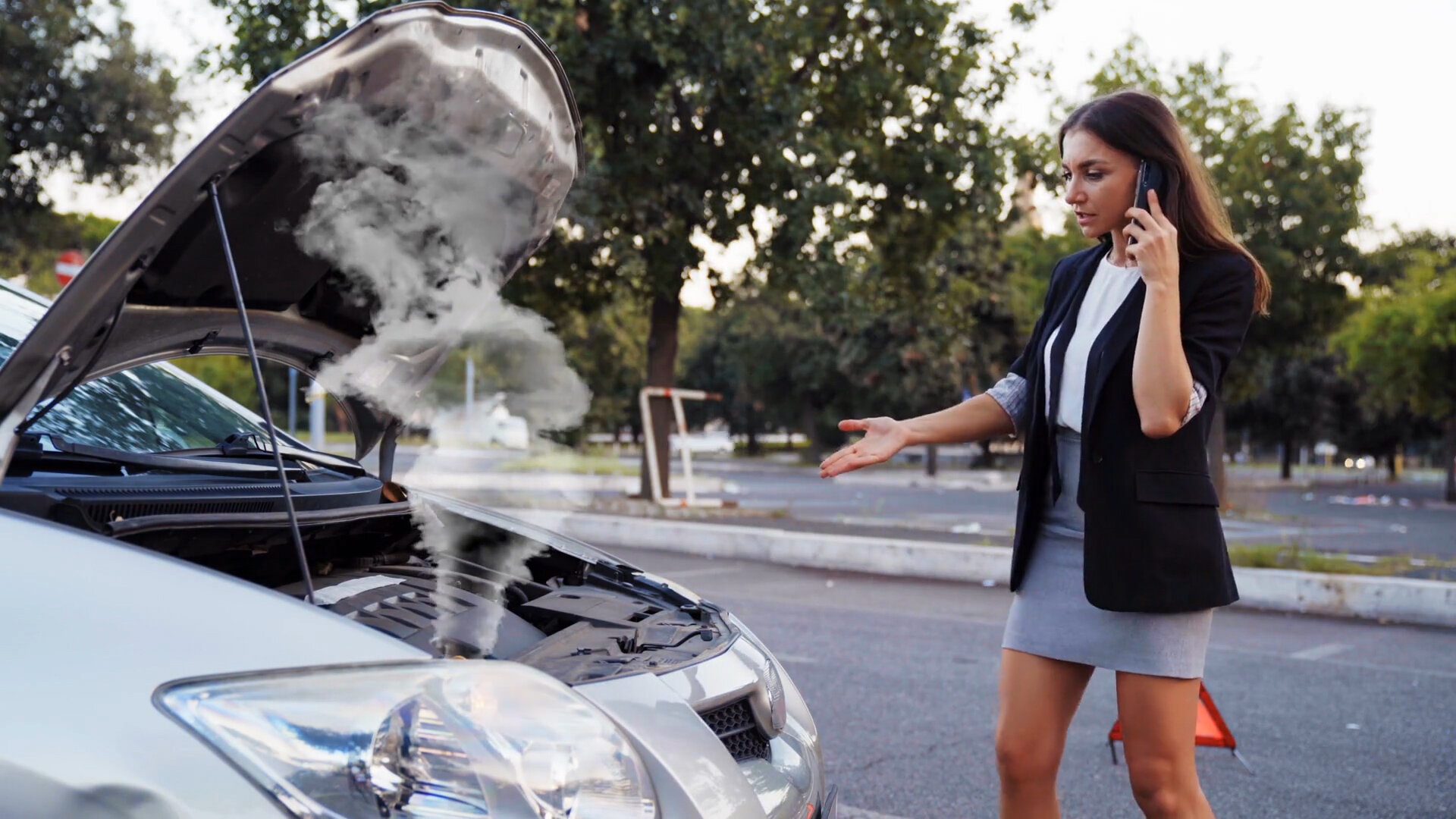

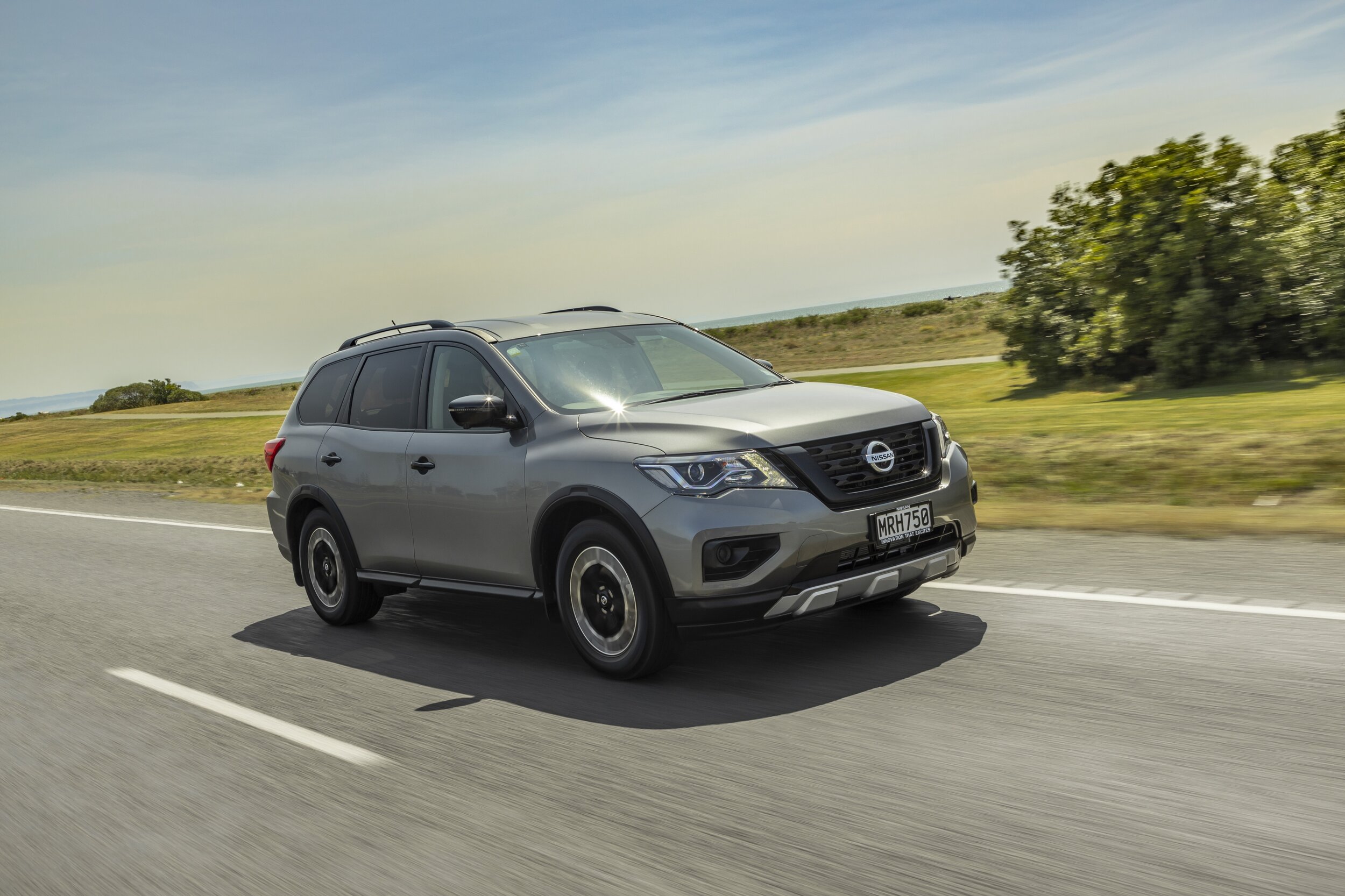
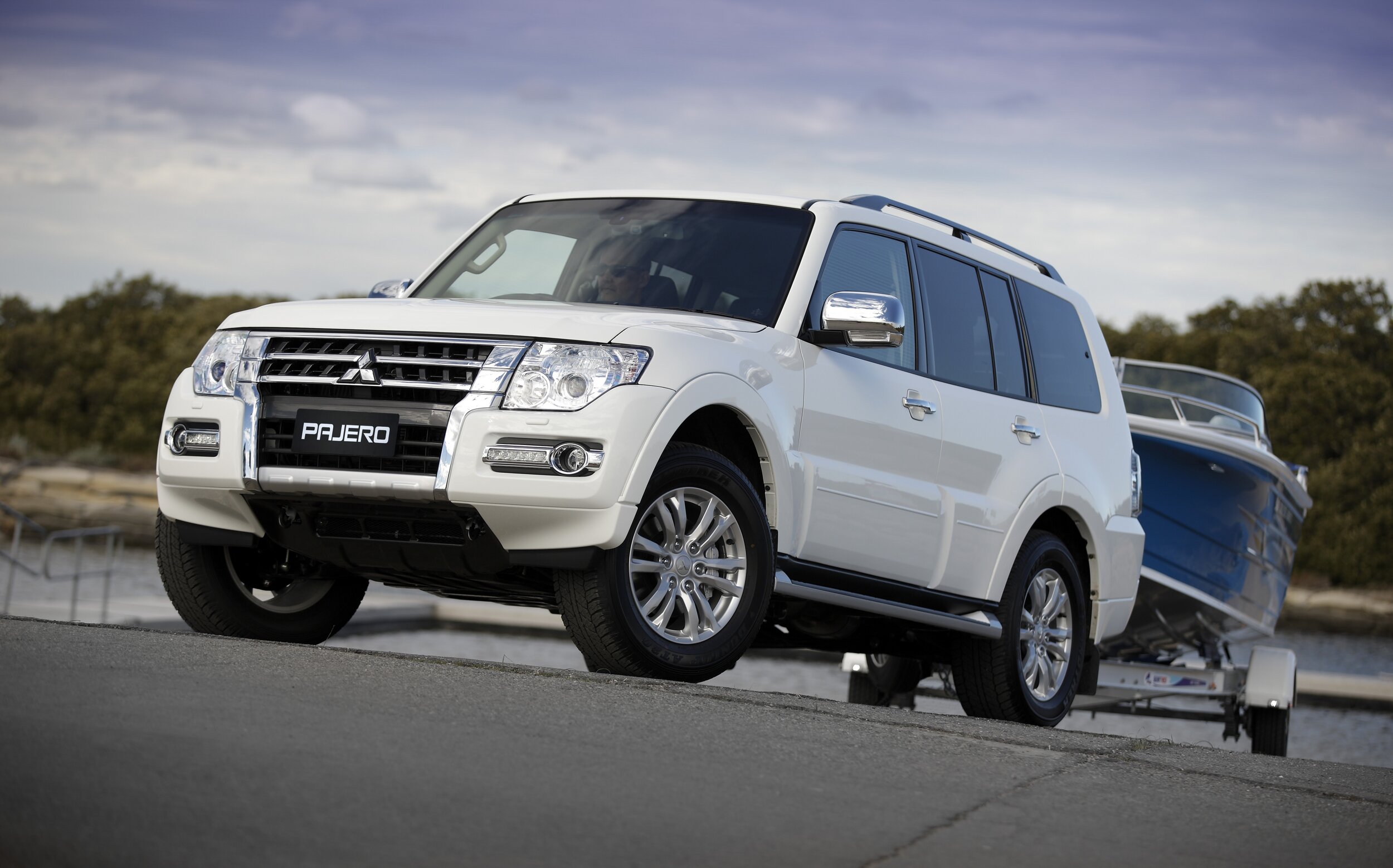
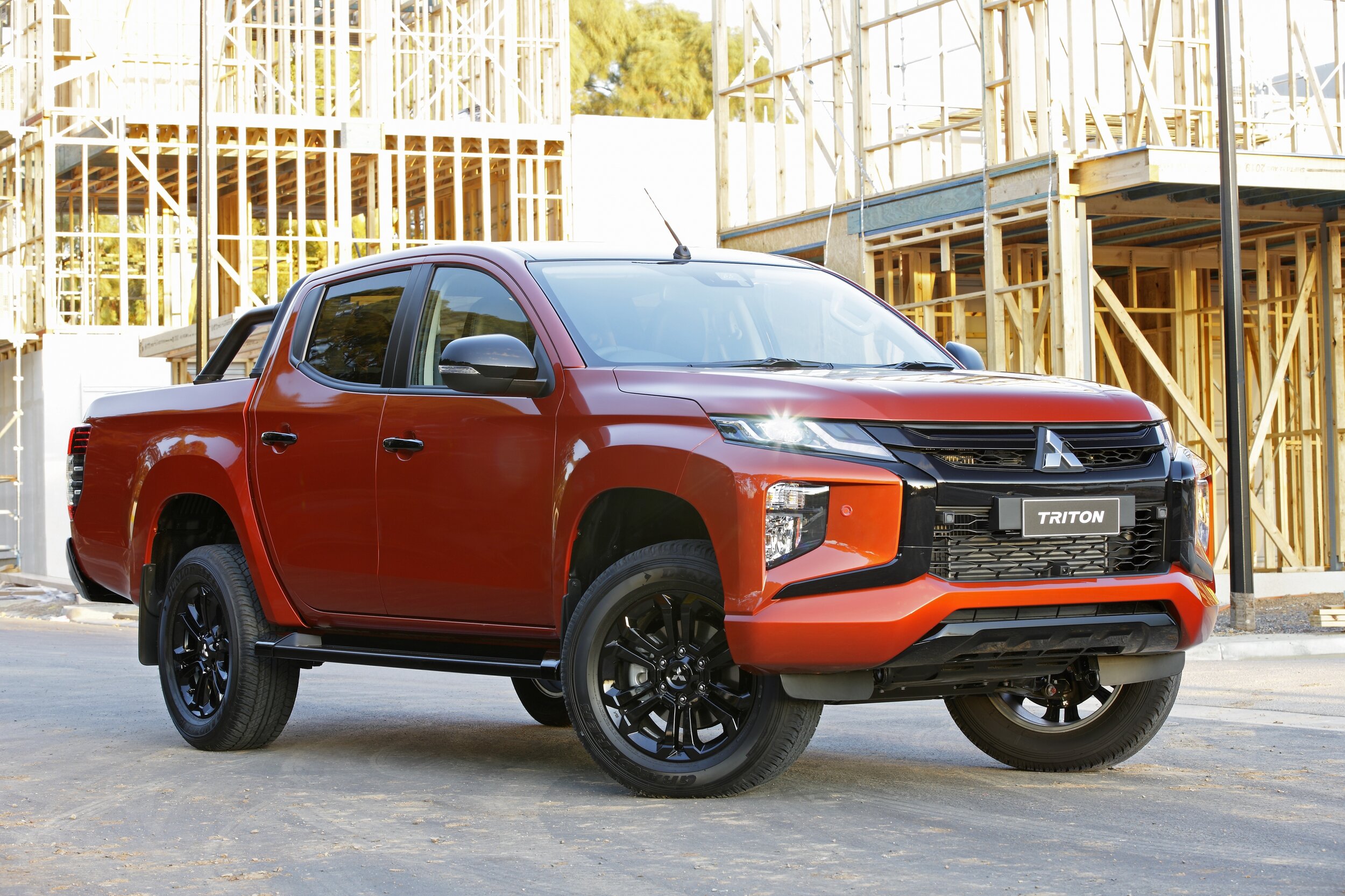
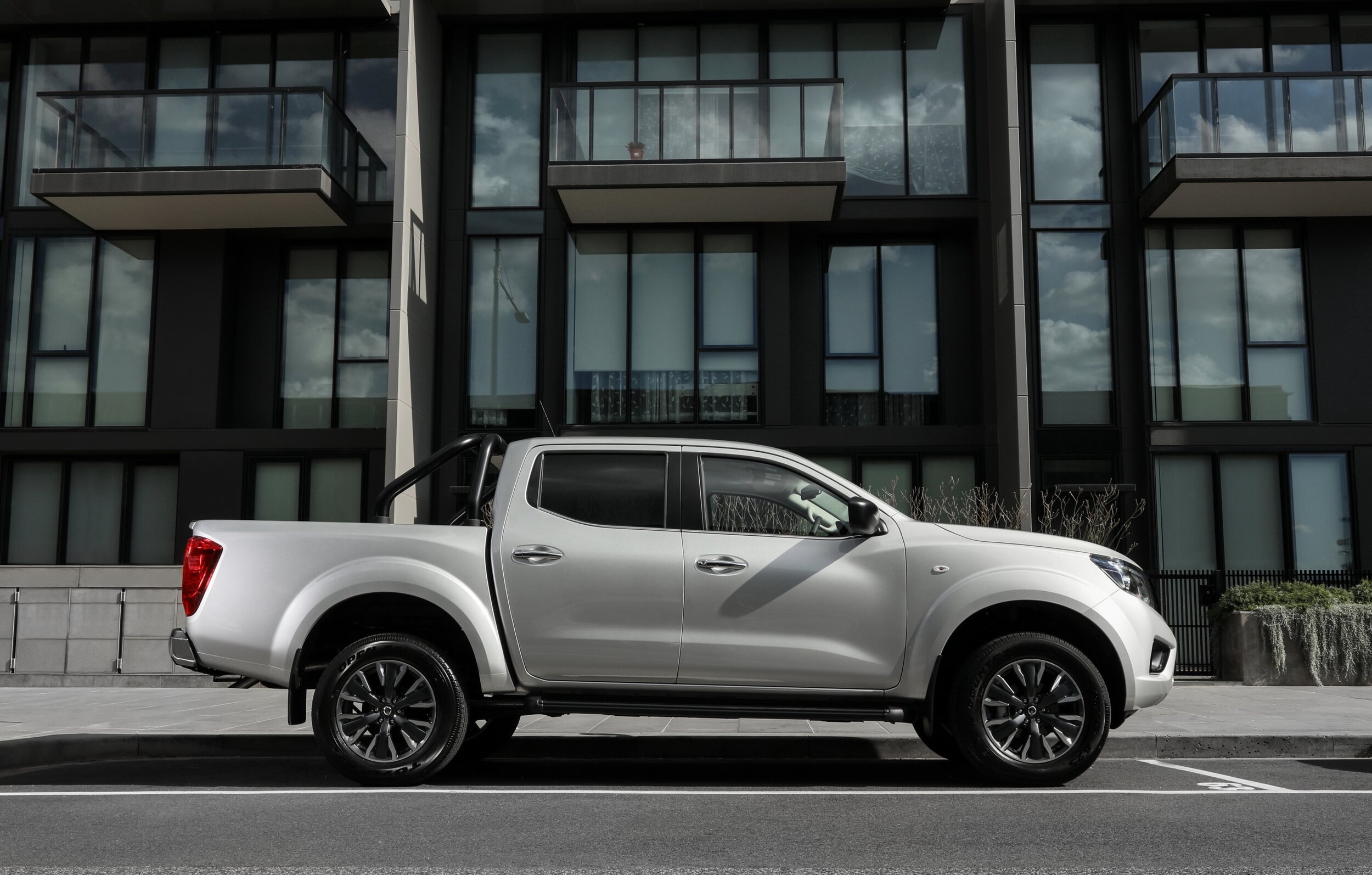
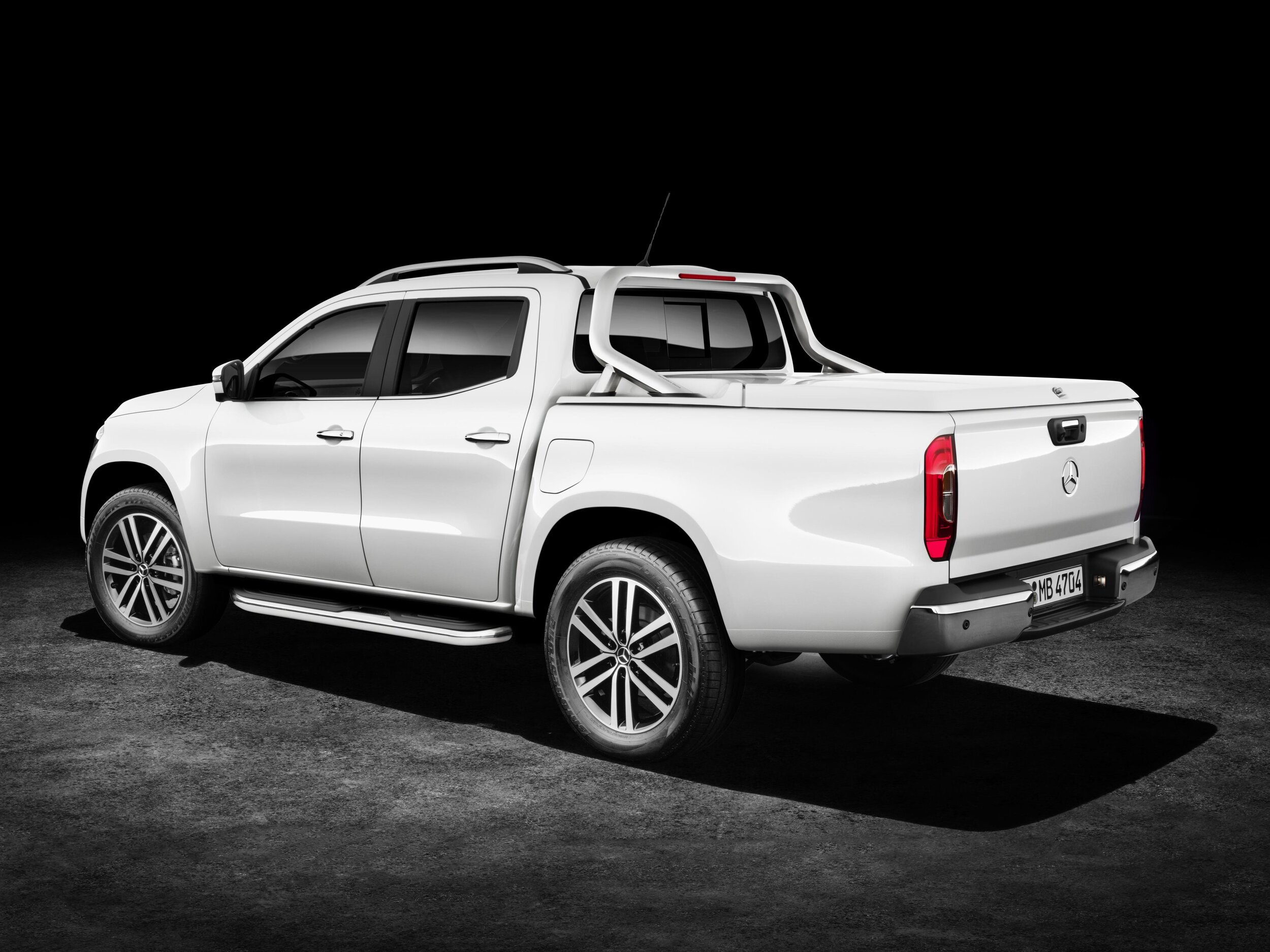











The MG ZS is a small SUV that offers such strong value to most buyers that it should be on your shortlist be default, even when shopping for a used car. But given that no car is perfect, the price could easily distract from its drawbacks.